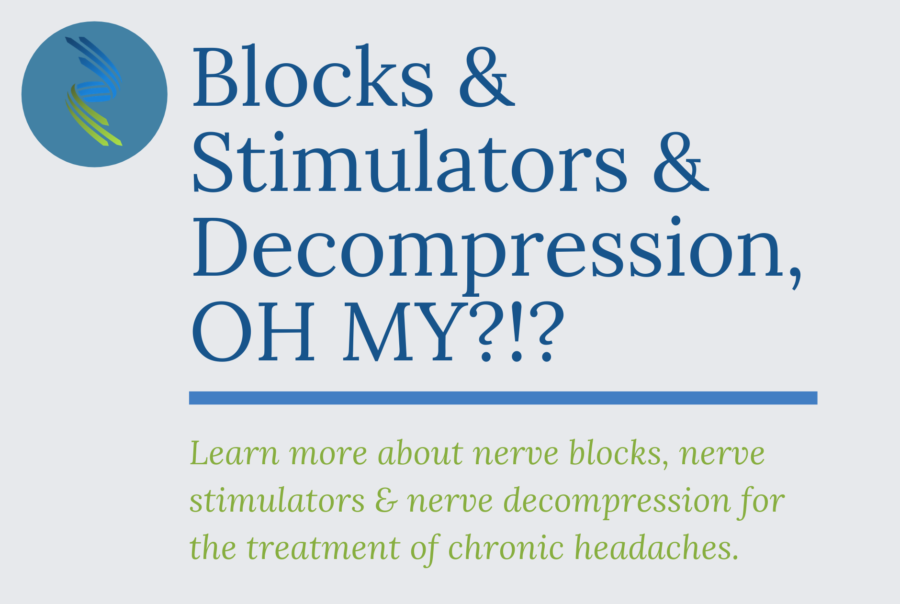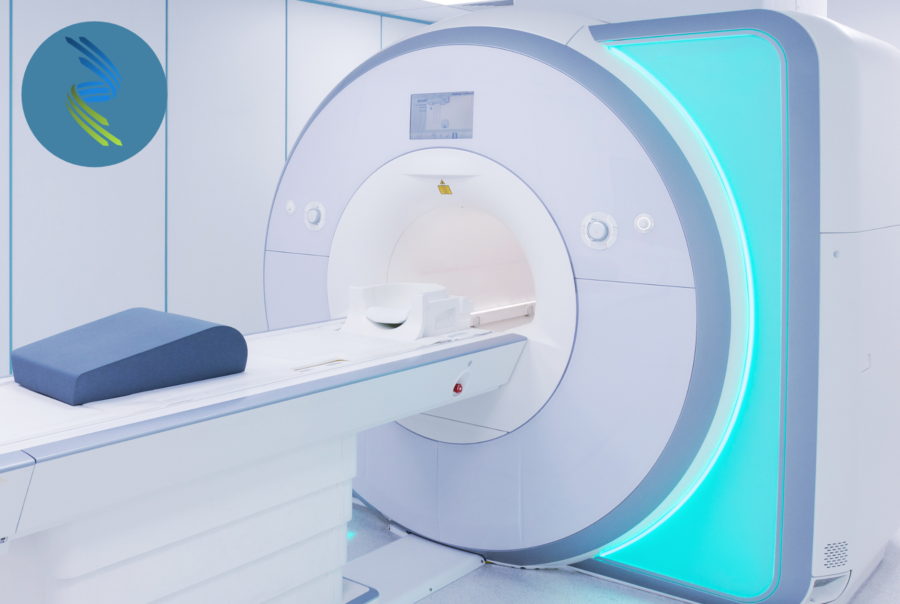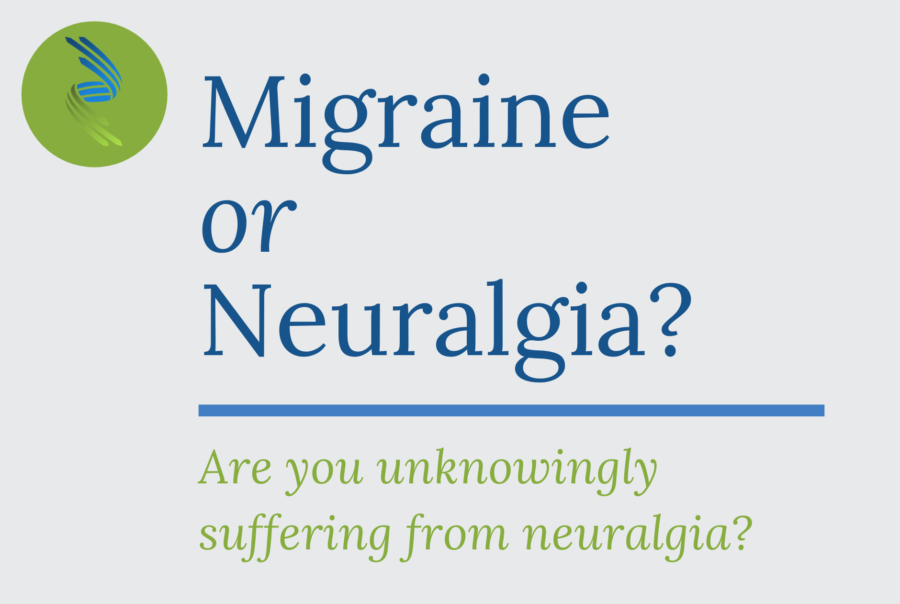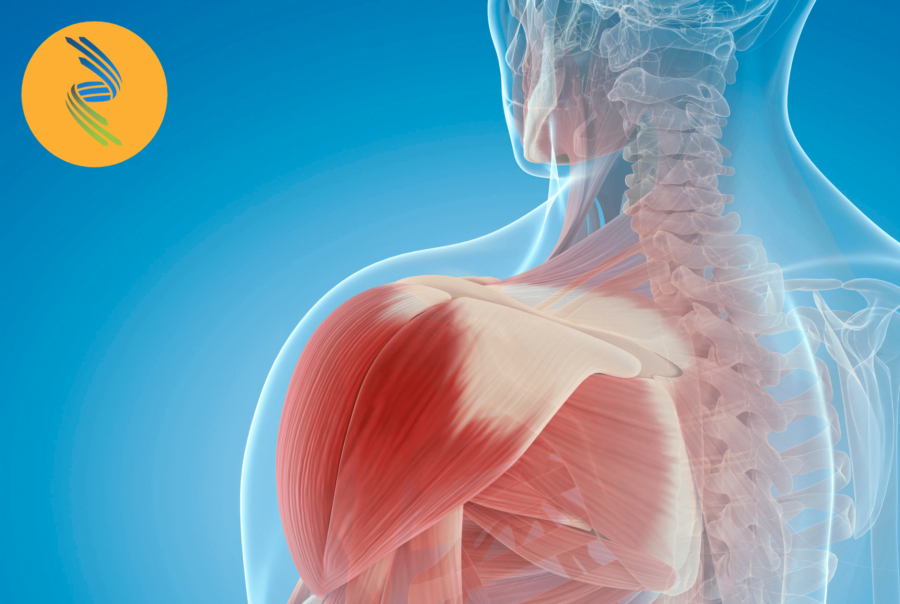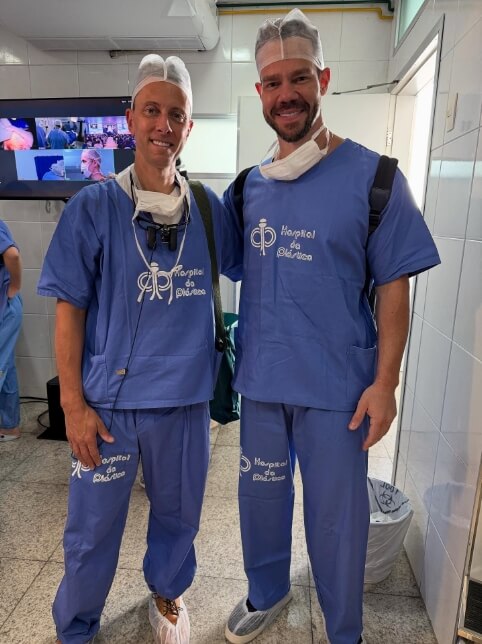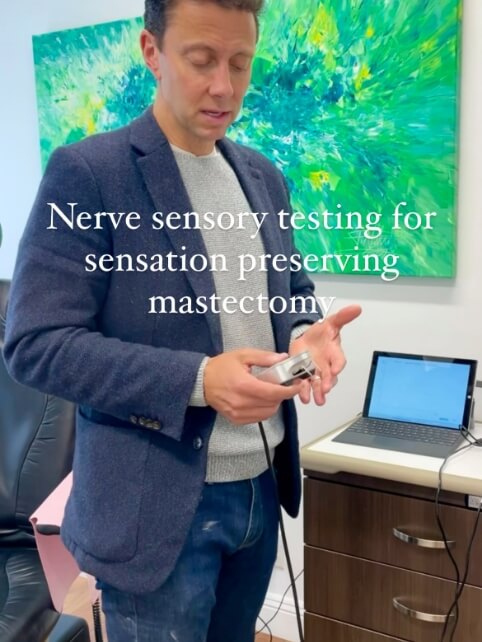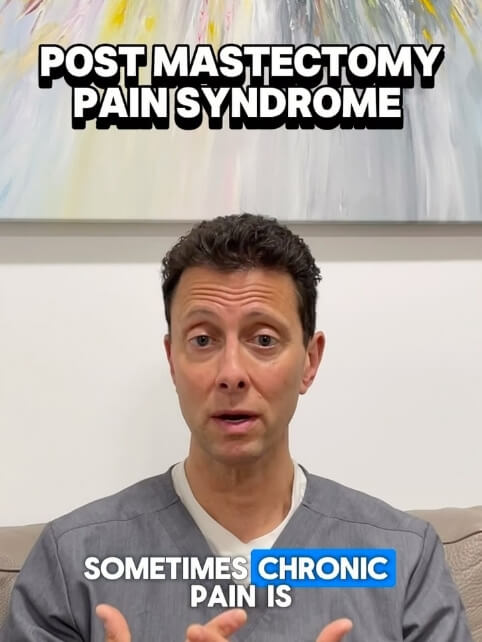July 29, 2024 | Curriculum
CAN STRESS MAKE OCCIPITAL NEURALGIA WORSE?
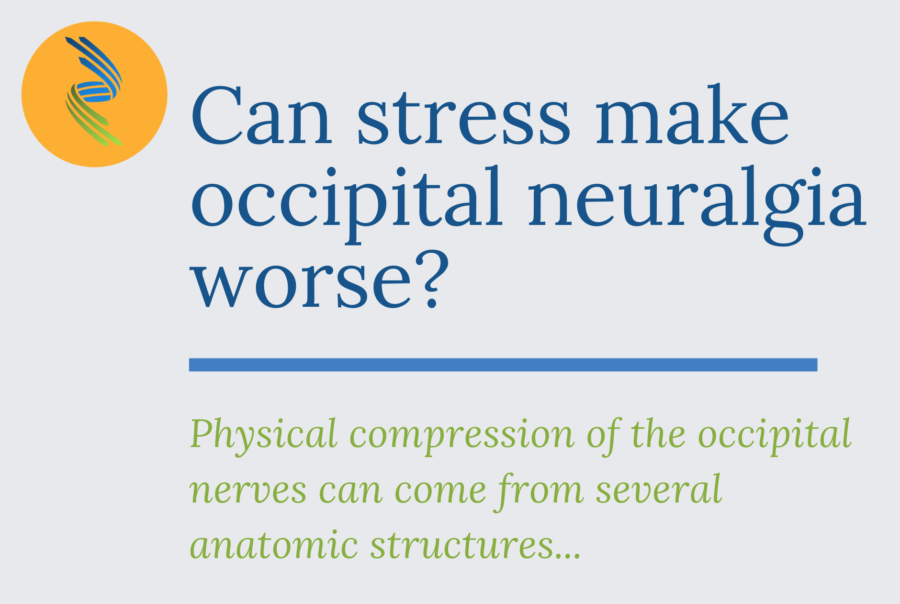
This question is one of the most common articulated in my office and I believe represents an underappreciated component of our everyday lives that can certainly impact many facets of our health including our nervous system function. In this post, I will focus on the effects of stress on the mechanical forces impacting the peripheral nerves as […]
Read More

